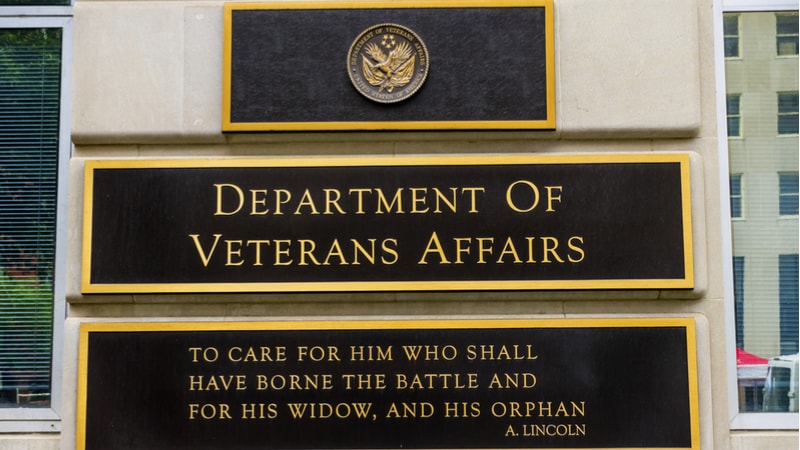
As part of the President’s Management Agenda (PMA), the Department of Veterans Affairs (VA) is tacking to major IT priorities – improving the veteran experience with VA.gov and expanding telehealth services. As part of its July update, the Department reported on how the VA is progressing towards achieving its agency priority goals.
When it comes to improving the user experience with VA.gov, the VA is on track to achieve its goal of receiving a 90 percent satisfaction rating from veterans. As for expanding telehealth services, the VA has reached its milestones on time and is on track to meet Q3 2020 milestones and one of its Q4 milestones. However, for the other two Q4 milestones, the VA noted that the milestones have dependencies with either the enterprise Electronic Health Record (EHR) implementation or with an outside vendor. Given those dependencies, the VA wasn’t able to provide an update on those milestones.
For measuring veteran experience with VA.gov, the Department identified seven drivers: satisfaction, confidence/trust, effectiveness/quality, ease/simplicity, efficiency/speed, equity/transparency, and employee helpfulness. In the July update, the VA reported that the results of the VA-Wide Trust Survey showed an overall increase of 13 percent since the launch of this survey in 2016.
Additionally, the Veterans Experience Office is getting ready to deploy a real-time CX survey to customers using VA.gov, which enables VA to monitor Veteran feedback about their VA.gov experiences. Alongside that, the VEO has already applied the industry best practice of human-centered design to map the Veteran’s journey. That map will be used to identify the key moments that matter to Veterans in order to measure VA’s performance in those areas.
When it comes to expanding telehealth, the VA has been working to expand services at warp speed given the COVID-19 pandemic. In response to the pandemic, the VA’s Clinical Contact Centers (CCC) has met increased call volume and need for virtual care by expanding Veteran access to CCC Providers (LIPs) either by realigning resources, adding new resources, extending hours or overtime, and creating a contract for overflow nurse calls. As a result, Veterans Integrated Service Networks have increased CCC-provider affiliated virtual urgent care encounters by 191 percent from February to March to meet COVID-19 demand.
Outside of the COVID-19 response, the VA’s Office of Nursing Services (ONS) has held meetings to ensure that VA directives regarding telehealth are “reflective of the current environment as well as anticipated future state beyond operational metrics to include performance, quality, and clinical outcomes.” Additionally, the VA developed a CCC Toolkit, with resources supporting the CCC vision and providing standardized functional statements for CCC providers and nurses and an ideal standard CCC process workflow. The VA also established a CCC Affiliated Provider Peer Group, which is a forum focused on sharing CCC Provider resources, best practices, challenges, and solutions.
